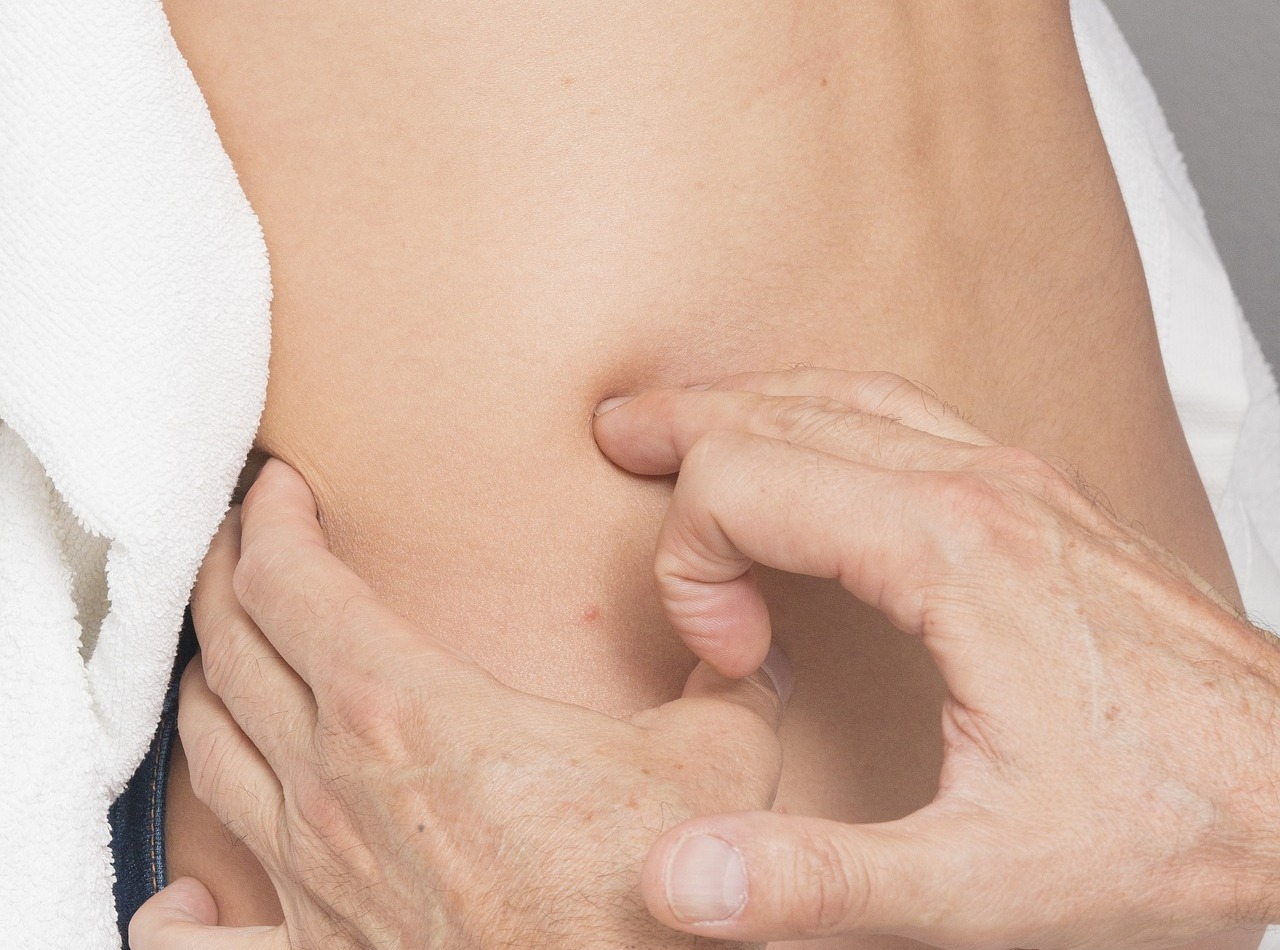
What is Pyramidal Syndrome? — Physiotherapy for Pyramidal Syndrome in Marbella
28/05/2022Pyramidal Syndrome is characterised by discomfort, tingling, or numbness in the buttocks that worsens over time. The pain may be strong and radiate down the length of the sciatic nerve if the condition is severe. Here is everything you need to know about this condition and how our physiotherapy for pyramidal syndrome in Marbella can help you recover.
What is Pyramidal Syndrome?
Pyramidal syndrome is a neuromuscular ailment that occurs when the piriformis muscle compresses the sciatic nerve. It is a rather rare condition. The piriformis muscle is a flat, band-like muscle positioned in the buttocks around the top of the hip joint. It is responsible for a variety of functions. When moving the lower body, this muscle is essential because it helps to support the hip joint while also lifting and rotating the thigh away from the body. The ability to walk, transfer our weight from one foot to another, and maintain balance is made possible by this. Besides that, it is employed in sports that require raising and turning the thighs — in other words, it is used in almost every movement of the hips and legs.
The sciatic nerve is a thick and lengthy nerve in the body that provides sensation to the lower extremities. It runs beside or through the piriformis muscle, then travels down the back of the thigh, where it divides into smaller nerves that terminate in the feet and hands. In certain cases, spasm of the piriformis muscle may result in nerve compression.
In other cases, such as when sitting in a vehicle seat or while sprinting, the discomfort is caused by the piriformis muscle pinching the sciatic nerve. While ascending stairs, placing hard pressure directly over the piriformis muscle, or sitting for lengthy periods of time, pain may also be caused. The majority of instances of sciatica, on the other hand, are not caused by pyramidal syndrome.
Physiotherapy for Pyramidal Syndrome in Marbella
In addition to simple stretching, a thorough physical therapy and exercise program tailored to the specific needs of each patient may be recommended. The following solutions are part of our physiotherapy for pyramidal syndrome in Marbella.
Range of motion exercises
Muscle stretching and range of motion exercises designed by our physiotherapist may assist in stretching the muscle and reducing spasm in the affected area.
Deep Massage
Deep massage treatment is claimed to speed up the healing process by improving blood flow to the affected region and lowering muscular spasticity.
Apart from stretching and physical therapy, the majority of treatment techniques for pyramidal syndrome will incorporate additional treatments. To know more contact our physiotherapist here.